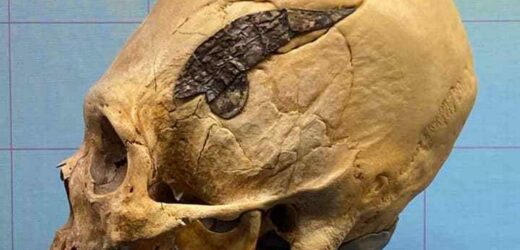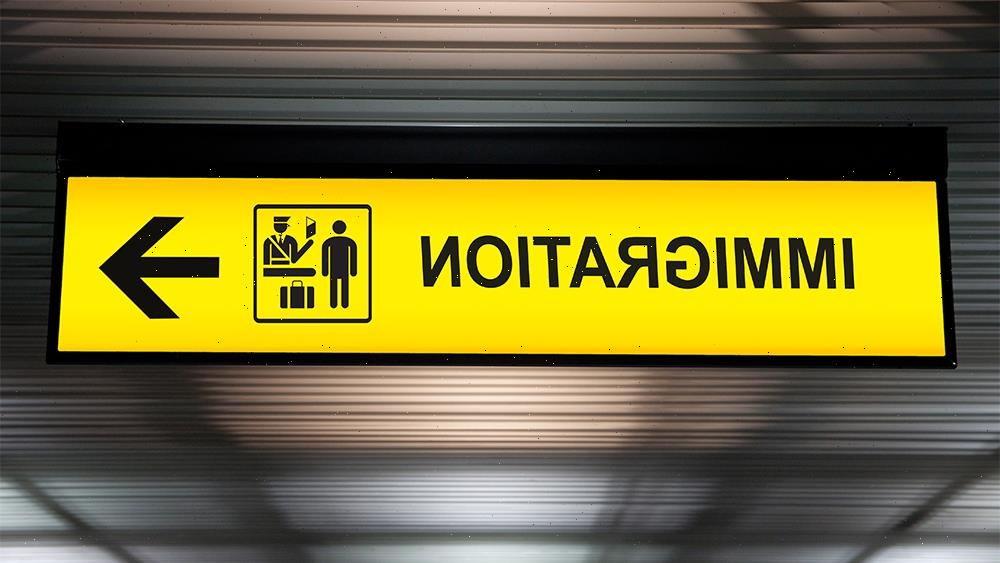A Peruvian elongated skull has been branded “one of the most interesting” pieces after it appears to have been fused together by metal thousands of years ago.
The skull, which is currently in the possession of SKELETONS: Museum of Osteology in Oklahoma, US, is believed to have been damaged in battle 2000 years ago.
After returning from battle in a wounded condition, the warrior had to have surgery on his skull after it was fractured.
Suffering a broken skull can be a very serious injury and result in either disability and even death.
It is believed Peruvian surgeons were forced to act and miraculously managed to fuse metal to seal the damaged area.
Experts at SKELETONS: Museum of Osteology also believe the man survived the procedure but there is still a lot of mystery surrounding the skull’s history.
A spokesperson for the SKELETONS: Museum of Osteology told the Daily Star: “We don’t know the metal. Traditionally, silver and gold was used for this type of procedure.”
The skull was originally not on display at the museum but after they posted about its existence behind the scenes, public interest prompted it to go on display in 2020.
Cocaine kingpin El Chapo's 16-year-old granddaughter in surprise bid to become popstar
The museum said: “This is a Peruvian elongated skull with metal surgically implanted after returning from battle, estimated to be from about 2000 years ago. One of our more interesting and oldest pieces in the collection.
“We don’t have a ton of background on this piece, but we do know he survived the procedure. Based on the broken bone surrounding the repair, you can see that it’s tightly fused together. It was a successful surgery.”
Mexican drug cartel vows to 'take care of citizens' but 'f***ing kill' criminals
Fractured skulls were reportedly common injures in battle due to weapons being primarily sling stones and bashing clubs, according to physical anthropologist John Verano of Tulane University, and is why Peruvian surgeons became experts in treating them.
The skills of Peruvian surgeons has been highlighted in the past with a book on the subject called Holes in the Head: The Art and Archaeology of Trepanation in Ancient Peru by Verano and collaborators.
According to an interview with Verano by National Geographic, trepanation would see a Peruvian surgeon pick up a simple tool and scrape a hole in the skull of a living human without modern anaesthesia or sterile techniques.
Ultra rare spinal condition listed as possible side-effect of new Covid jab
To stay up to date with all the latest news, make sure you sign up to one of our newsletters here .
Vernao said: “They learned early on that this was a treatment that could save lives. We have overwhelming evidence that trepanation was not done to increase consciousness or as a purely ritual activity but is linked to patients with severe head injury, [especially] skull fracture.”
There have been several studies on Peruvian elongated skulls and how the odd shapes came to form.
According to an interview on Science News to bioarchaeologist Matthew Velasco of Cornell University, he speculates that the artificially elongated heads were a sign of prestige.
He found that humans intentionally modified skull shapes as a status symbol and would start by wrapping infants’ heads with cloth or even binding the head between two pieces of wood.
Source: Read Full Article








